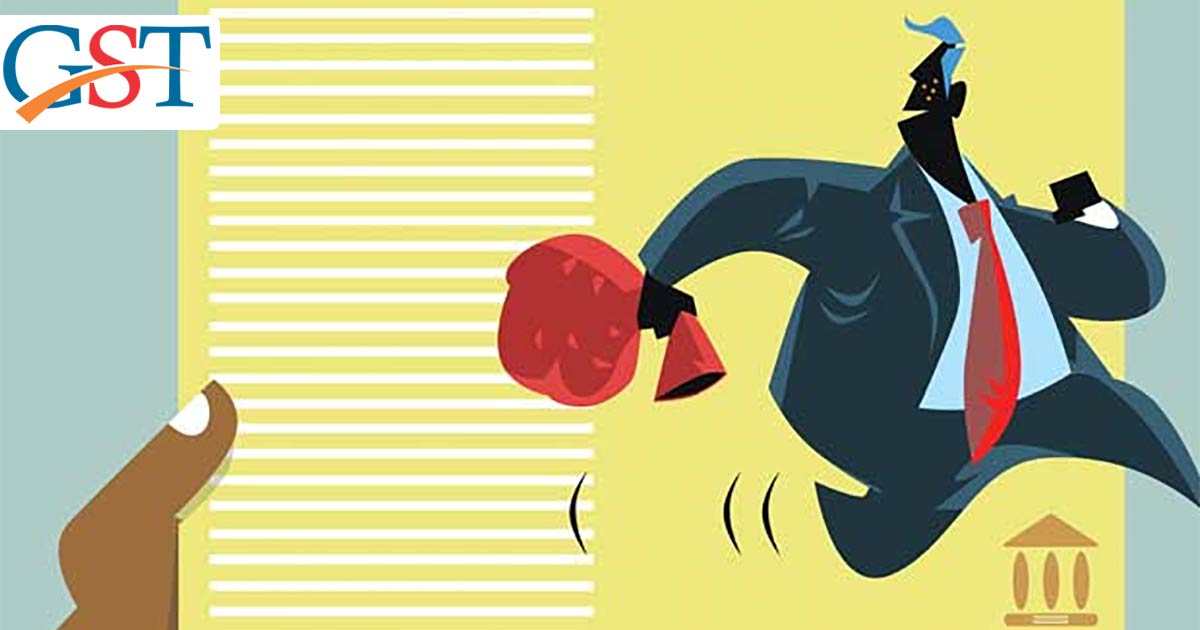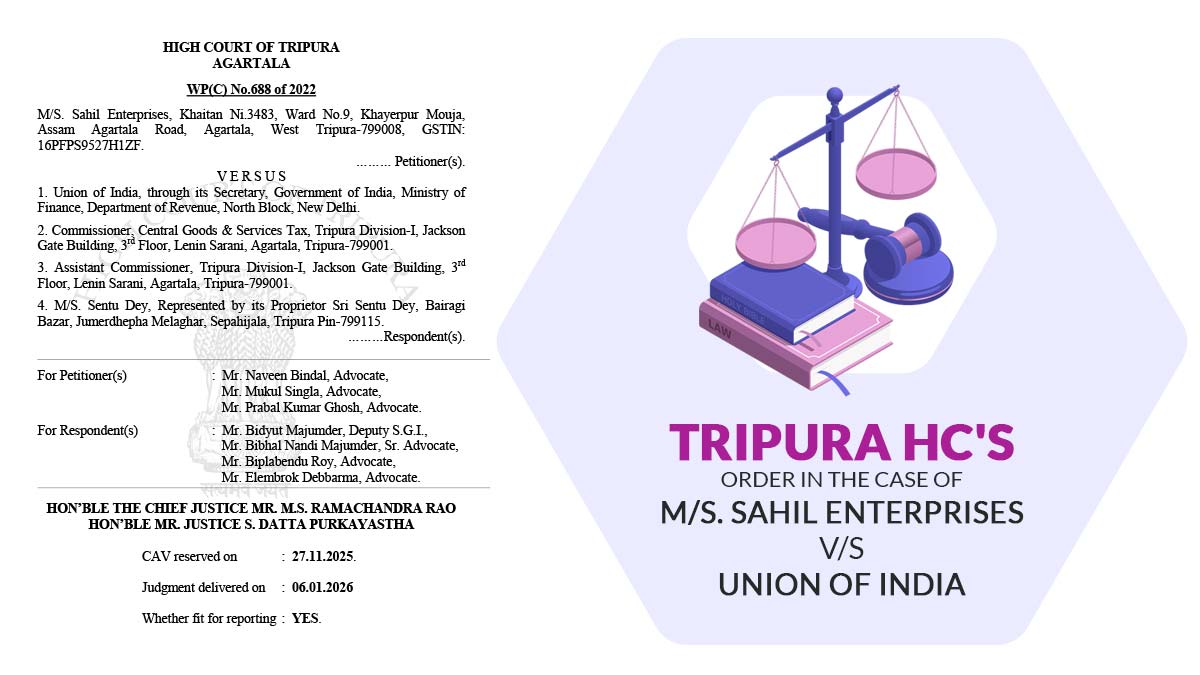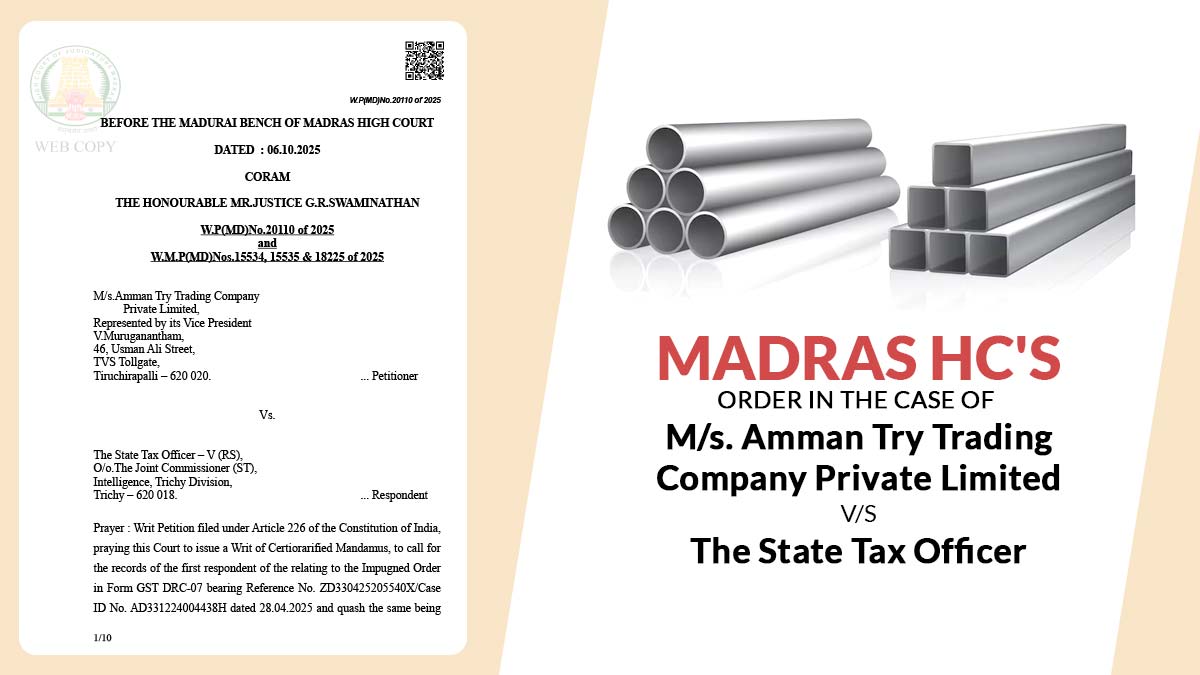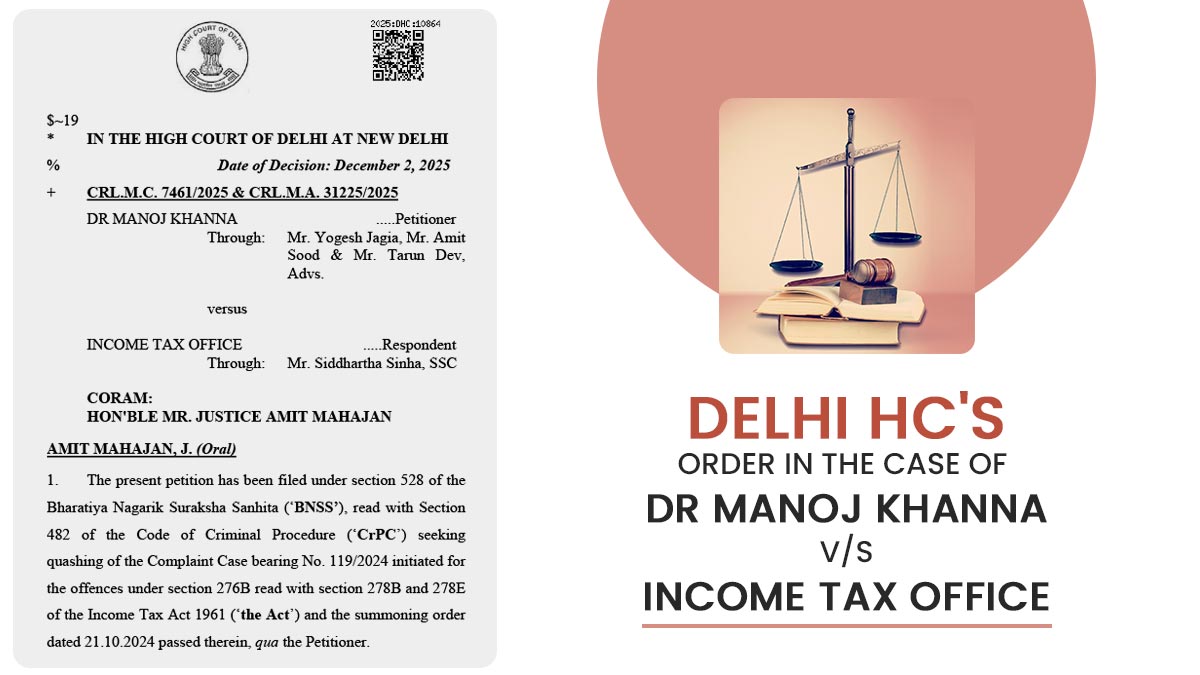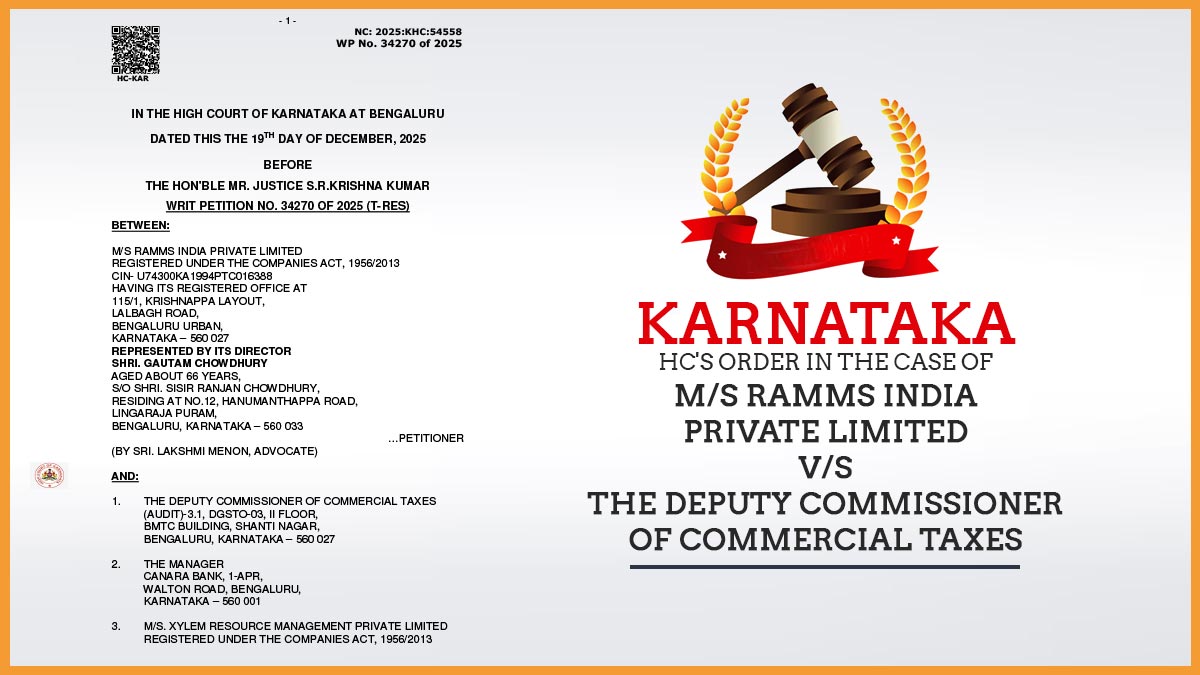Even one year after GST and more of demonetization, the small business industry of India continues to struggle with the issues of increasing loan default margin which almost doubled over the past one year, says an RTI report. As of March 2018, loan default of the industry was Rs 16,118 crore as against Rs 8,249 crore in March 2017.
The petition was filed by a leading news website, for which the reply was sent by the RBI itself. The RBI said that public sector banks have a major sharing in loan defaults including a 65.32 sharing in small business outstanding loans, which was 66.61 percent in 2017.
The RBI had previously said in a report about MSME study released last month that the sector has not been able to overcome the major shocks of demonetization and GST yet. “For instance, contractual labor in both the wearing apparel and gems and jewelry sectors reportedly suffered as payments from employers became constrained after demonetization,” it added.
The introduction of GST also was no relief to the industry as it led to an increase in costs for MSMEs as many of them were now required to register for GST and pay taxes on their supplies, says the MSME study which was conducted by RBI’s Monetary Policy Department.
This is not just it. Another survey by SMERA Ratings Ltd confirmed that over 60 percent of small and mid-size businesses accepted that their systems were not prepared for the GST regime.
However, the conditions are changing now. A Small Industries Development Bank of India (SIDBI) report revealed that the relative credit exposure, which declined for this particular industry post demonetization and GST, has completely recovered now with better growth aspects in the future.
Read Also: GST: Is it Really A Tool To Check Black Money or Not?
The impact of demonetization was felt more by smaller districts and businesses, which were at the time going through higher growth. The note ban had severely impacted small industries which are still recovering from it, said the RBI study. As a result of demonetization, credit growth dropped significantly and even went negative for a few months during 2016-2017. This effectively revealed the credit growth slowdown that the industry was going through at the time. However, the growth in credits recovered back after February 2017 and has since been growing.


